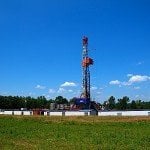In 2025, the architectural field stands at the convergence of biology, engineering, and digital innovation. Driven by urgent environmental challenges and the need for resilient urban environments, architects and engineers are embracing bioinspired and adaptive design strategies. This evolution is marked by the widespread adoption of biomimicry—where natural systems and organisms inform human-made structures—and by the integration of responsive materials and systems that dynamically adjust to their surroundings.
The result: buildings that are not only more sustainable but also enhance the well-being of their occupants (Benyus, 2020; Pedersen Zari, 2022).
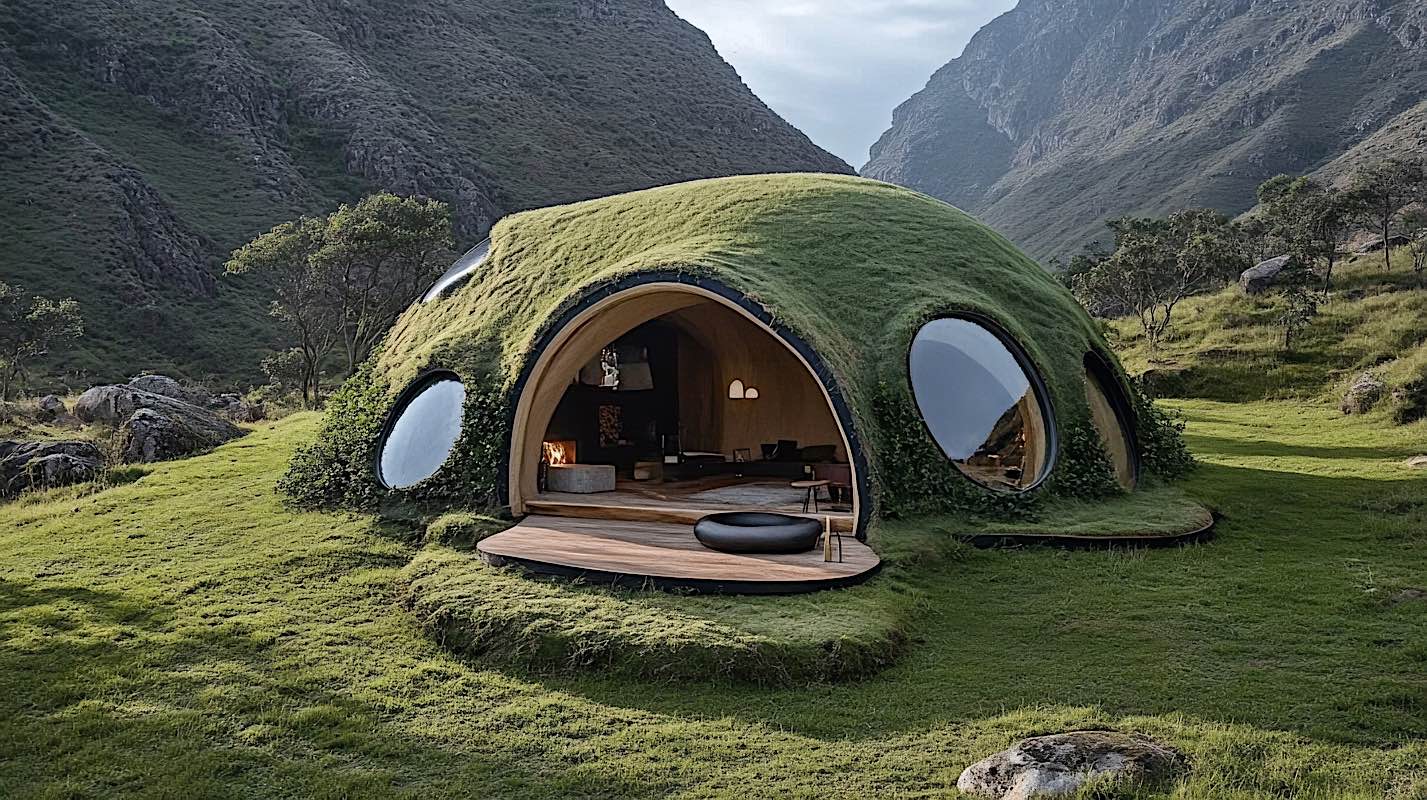
Biomimicry in Architecture: An Overview
Biomimicry in architecture involves translating principles observed in nature into design solutions for the built environment. This approach is more than aesthetic inspiration; it is a rigorous, evidence-based process aimed at solving complex engineering challenges. For example, the self-shading properties of cacti have inspired façade systems that minimize solar gain (Blum, 2023), while termite mounds’ natural ventilation strategies inform passive cooling in commercial buildings (Turner & Soar, 2020). In 2025, biomimicry is increasingly embedded at every project stage, from conceptual design to material selection and building operations (Design Science Review, 2025).
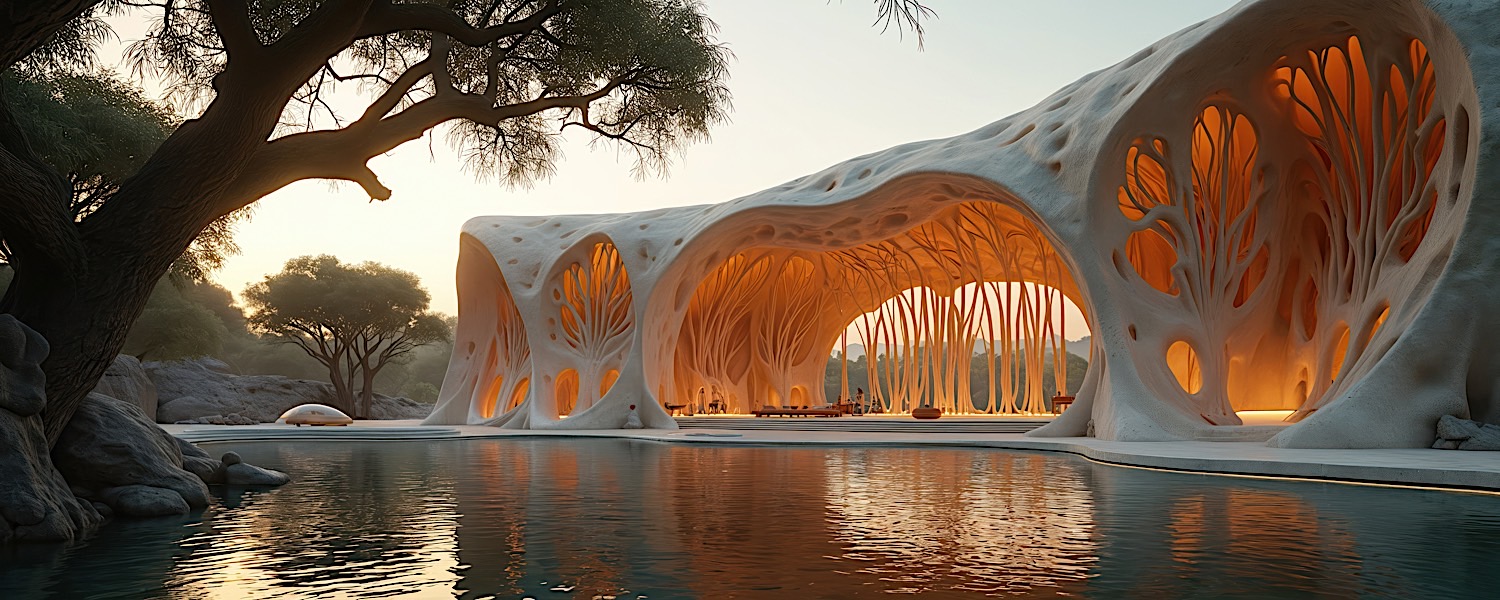
Engineering Perspective: Adaptive Structures and Material Innovations
The engineering community has been pivotal in advancing adaptive architecture. Adaptive structures—those capable of modifying their configuration, stiffness, or thermal properties in response to changing conditions—are redefining building performance (Aflaki et al., 2022). Notably, living building materials are at the forefront of this revolution. Engineered bio-concrete, for instance, incorporates bacteria that precipitate calcium carbonate, allowing the material to self-heal cracks and extend structural lifespan (Wang et al., 2024; Jonkers, 2021). Mycelium-based composites, grown from fungal networks, offer lightweight, biodegradable alternatives to traditional insulation and partition materials (Elsacker et al., 2023).
Responsive facades are another engineering milestone. These systems employ sensors and actuators to dynamically adjust shading, transparency, and ventilation in real time (Kolarevic & Parlac, 2015). For example, electrochromic glass can transition from clear to opaque based on sunlight intensity, reducing energy consumption for cooling and lighting (Granqvist, 2022). In 2025, such technology is increasingly cost-effective, scalable, and integrated with building management systems (Design Science Review, 2025).
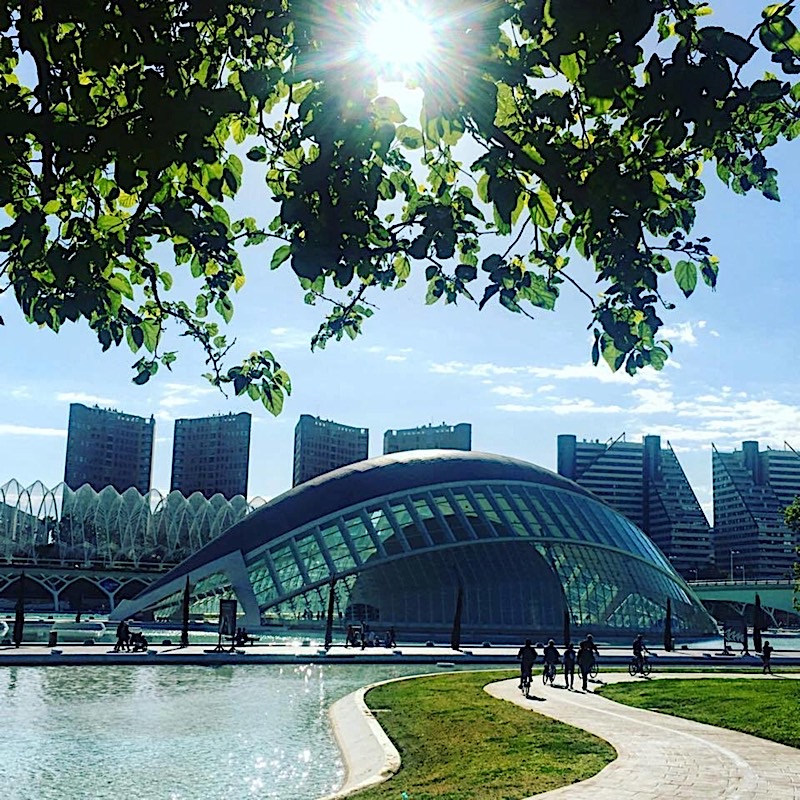
Design Perspective: Responsive Facades and Modular Interiors
From a design standpoint, the integration of responsive facades and modular interiors is transforming how buildings interact with their environment and occupants (Kolarevic & Parlac, 2015). Responsive facades, inspired by phenomena such as pine cone scales opening and closing, adapt to external stimuli like daylight and temperature (Blum, 2023). These systems not only improve energy efficiency but also enhance occupant comfort by regulating glare and maintaining optimal indoor climates (Aflaki et al., 2022).
Modular interiors represent another key trend. Unlike fixed partitions, adaptive interior elements can be reconfigured to accommodate varying occupancy levels and functional requirements. For instance, movable wall panels and retractable furniture enable rapid space reprogramming for co-working, events, or leisure (Design Science Review, 2025). This flexibility is essential in urban environments where space is at a premium and building uses are increasingly hybrid (Pedersen Zari, 2022).
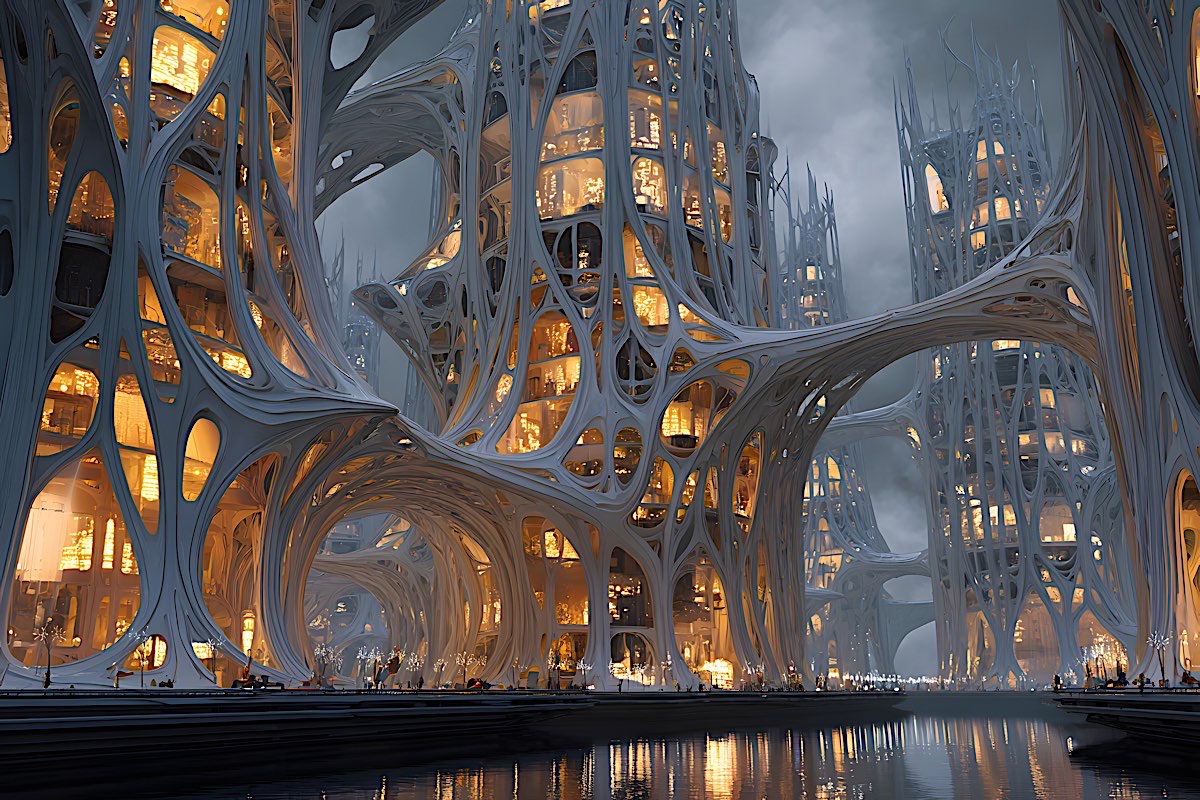
Case Studies: Exemplars from Adaptive Structures and Biomimetic Buildings 2025
The 2025 edition of “Adaptive Structures and Biomimetic Buildings” highlights several pioneering projects. One notable example is the Eden Tower in Singapore, whose façade mimics the respiratory function of leaves, using micro-perforated panels to optimize air flow and filter urban pollutants (Design Science Review, 2025). In Toronto, the BioShell Pavilion employs 3D-printed mycelium panels that regenerate when damaged and can be composted at end-of-life, embodying a true cradle-to-cradle philosophy (Elsacker et al., 2023). In Europe, the ThermoMorph Office Complex features a kinetic envelope with scales that open and close in response to temperature fluctuations, reducing HVAC loads by up to 35% (Aflaki et al., 2022; Design Science Review, 2025).
Urban Planning Integration: Sustainability and Resident Well-Being
Urban planners and architects are collaborating to scale these innovations beyond individual buildings to the neighbourhood and city level (Pedersen Zari, 2022). Adaptive architecture supports climate resilience by enabling structures to modulate energy use and adapt to extreme weather (Turner & Soar, 2020). Living building materials reduce embodied carbon and waste, while modular interiors support social sustainability by fostering inclusive, multi-use spaces (Elsacker et al., 2023).
Crucially, these advancements enhance resident well-being. Studies show that adaptive environments—those with access to daylight, natural ventilation, and flexible layouts—improve mental health, productivity, and satisfaction (Kellert, 2021; Aflaki et al., 2022). In Canada, for example, municipalities are updating green building standards to incentivize biomimetic solutions that address both environmental and social outcomes (Canada Green Building Council, 2024).
Conclusion: Future Outlook and Ongoing Challenges
As 2025 progresses, bioinspired and adaptive architecture is transitioning from niche to mainstream practice. The convergence of engineering ingenuity and design empathy is yielding buildings that are not only efficient but also regenerative and attuned to human needs. Yet, challenges remain: the high initial costs of emerging materials, the need for cross-disciplinary education, and the integration of adaptive systems with legacy infrastructure all require ongoing attention (Design Science Review, 2025; Kolarevic & Parlac, 2015).
Looking forward, the next wave of innovation will likely centre on digital twins, AI-driven design optimization, and community-driven participatory design—ensuring that adaptive architecture continues to evolve in service of both the planet and its inhabitants (Kolarevic & Parlac, 2015).
References
- Benyus, J. M. (2020). Biomimicry: Innovation Inspired by Nature. Harper Perennial.
- Pedersen Zari, M. (2022). Biomimetic Urban and Regional Planning. Taylor & Francis.
- Blum, M. (2023). “Bioinspired Shading Systems: Lessons from Cacti and Pine Cones.” Journal of Biodesign, 14(2), 115–127.
- Turner, J. S., & Soar, R. (2020). “The Lessons of Termite Mounds for Passive Climate Control.” Building Research & Information, 48(1), 1–15.
- Design Science Review. (2025). “Adaptive Structures and Biomimetic Buildings 2025.” Design Science Review, 32(1), 50–87.
- Aflaki, A., Mahyuddin, N., & Baharum, M. R. (2022). “Adaptive Façade Technologies and Occupant Comfort.” Renewable & Sustainable Energy Reviews, 165, 112421.
- Wang, J., Snoeck, D., & De Belie, N. (2024). “Self-Healing Concrete: Bacteria-Driven Innovations.” Materials Today, 46, 100–110.
- Jonkers, H. M. (2021). “Bacteria-Based Self-Healing Concrete.” Structural Concrete, 22(2), 834–842.
- Elsacker, E. et al. (2023). “Mycelium-Based Composites in Architecture: Opportunities and Challenges.” Advanced Materials, 35(6), 2206585.
- Kolarevic, B., & Parlac, V. (2015). Building Dynamics: Exploring Architecture of Change. Routledge.
- Granqvist, C. G. (2022). “Electrochromic Devices in Smart Windows.” Solar Energy Materials & Solar Cells, 238, 111567.
- Kellert, S. R. (2021). Biophilic Design: The Theory, Science and Practice of Bringing Buildings to Life. Wiley.
- Canada Green Building Council. (2024). “Canadian Green Building Standards Overview.”

